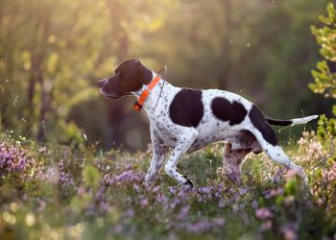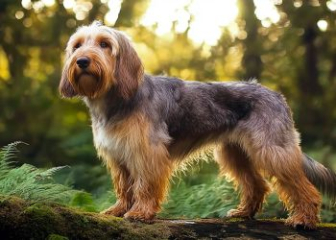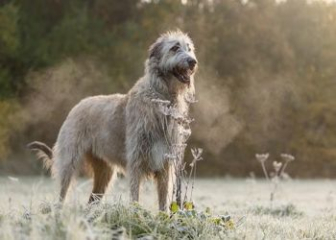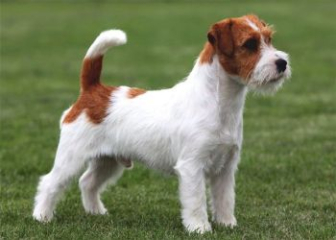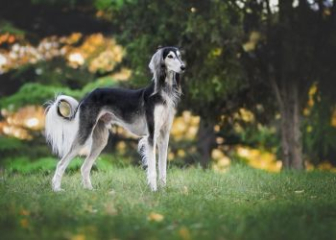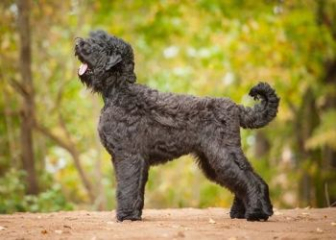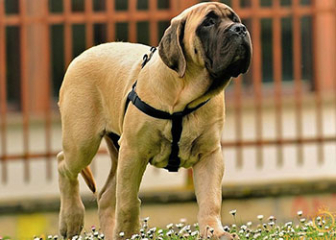Beagle – The Intelligent Rabbit-Hunting Dog from England
Blog | by
The Beagle is a rabbit-hunting dog from England, known for its compact body, short coat, long ears, and keen sense of smell. It has a loud, resonant bark and is gentle, intelligent, and friendly.
As one of the oldest small hunting dog breeds in England, the Beagle is not only a beloved family pet but also a highly skilled police dog thanks to its exceptional scent-tracking ability.
If you're interested in learning more about this amazing dog breed, keep reading for more details below!
Where Does the Beagle Come From?
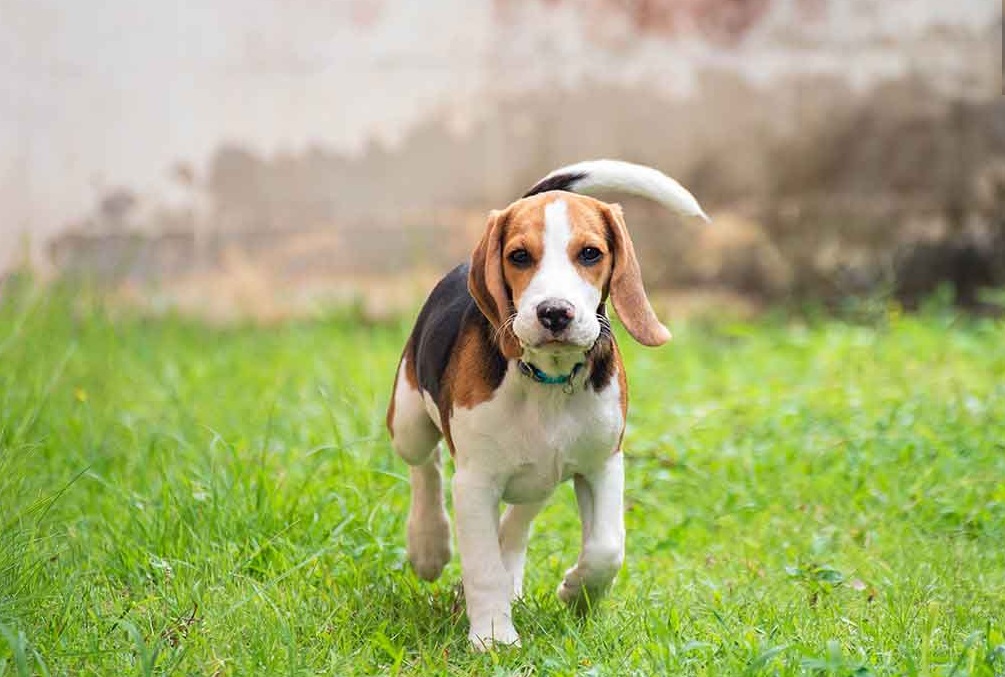
Beagle – The Ancient Rabbit-Hunting Dog from Germany
Many sources suggest that the Beagle has an ancient origin, dating back to ancient Greece and Rome. Its ancestors are believed to be a mix of three different breeds:
- Talbot Hound (now extinct)
- Harrier
- Southern Hound
By the 11th century, Beagles became popular in England for hunting small animals like rabbits, squirrels, and pheasants. The name “Beagle” is derived from the French word “begueule”, meaning “wide open mouth”, referring to its loud and persistent barking.
In the 19th century, breeder Reverend Phillip Honeywood developed a new Beagle line focusing on scent-tracking abilities. Later, Thomas Johnson further refined the breed to enhance both appearance and hunting skills.
Since the 20th century, the Beagle has evolved beyond just being a rabbit-hunting dog. Thanks to its intelligence and keen sense of smell, it has become:
- A police dog (Beagle Brigade)
- A research dog (Beagle Laboratory Testing)
- A companion pet (Beagle as a family dog)
Physical Characteristics of the Beagle

The Beagle – A Small, Well-Proportioned Dog with Short Fur and Long Ears
The Beagle is a compact and sturdy dog with long ears and a gentle expression. Its appearance is somewhat similar to the Basset Hound (a short-legged hunting dog). Let’s take a closer look at its physical characteristics:
-
Size:
- Males: 35 - 41 cm tall
- Females: 33 - 38 cm tall
-
Weight:
- Males: 10 - 11 kg
- Females: 9 - 10 kg
-
Lifespan: 12 - 15 years
-
Coat:
- Short, smooth, and shiny
- Comes in various colors: tricolor, black & tan, red & white, orange & white, dark blue & white, etc.
-
Head: Round, long, and well-proportioned
-
Muzzle: Short and square-shaped
-
Nose: Large, black, and highly sensitive
-
Eyes: Big, round, and gentle-looking
-
Ears: Long, soft, and drooping down on both sides of the face
-
Tail: Upright with a white tip
-
Legs: Strong with round, firm paws
Beagle’s Behavior and Temperament
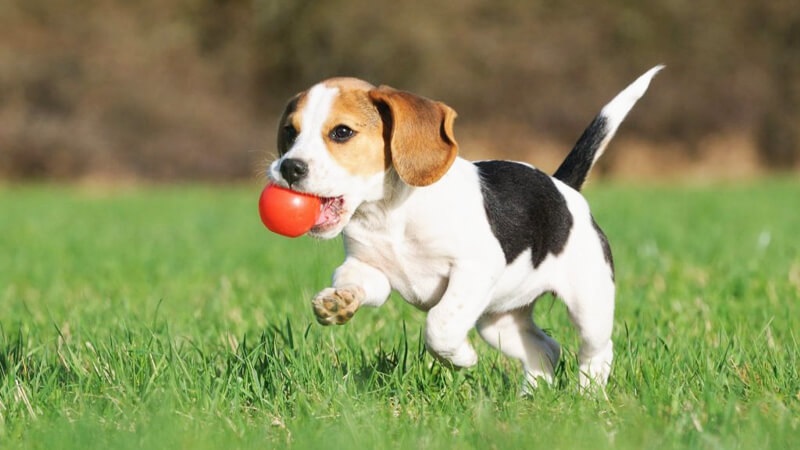
Beagles Love to Run and Are Full of Energy
Beagles are beloved for their friendly, intelligent, and energetic nature. Let’s take a closer look at their unique temperament and behavior.
Friendly and Sociable
Beagles are extremely affectionate and social dogs. They get along well not just with humans but also with other animals. It’s rare to see an aggressive Beagle.
Energetic and Playful
As a hunting breed, Beagles are highly active and love to run and explore. They are best suited for families with spacious yards or owners who can dedicate time to daily walks and playtime.
Exceptional Sense of Smell
Beagles possess an extraordinary sense of smell, making them one of the best scent-tracking dogs in the world. Because of this, they are often used as police dogs for detecting illegal substances or contraband.
Loud and Frequent Barkers
Being a pack-hunting breed, Beagles have a loud and far-reaching bark. If left alone, they may howl persistently. If you live in an apartment or a densely populated area, early training is essential to minimize excessive barking.
Loyal but Not the Best Guard Dog
While Beagles are loyal and affectionate, they are too friendly—even with strangers—to be effective guard dogs. If you’re looking for a watchdog, the Beagle might not be the best choice.
How to Properly Care for a Beagle

Beagles Have a Friendly Face
If you're considering adopting a Beagle but are unsure whether they are easy to care for, check out our detailed guide below.
Proper Nutrition Management
Beagles are quite food-driven, so it’s essential to control their diet to prevent obesity. Below is a recommended diet for Beagles:
- Protein (40-50%) – Beef, chicken, pork, fish, eggs, and organ meats.
- Fats (10-20%) – Fish oil, animal fat, olive oil.
- Carbohydrates (30-40%) – Sweet potatoes, rice, bread, brown rice.
- Vitamins & Minerals (10%) – Carrots, pumpkin, broccoli, and other vegetables.
- Calcium – Eggs, cheese, soft bones, and cartilage.
- Fresh water should always be available.
If you don’t have time to prepare fresh meals, high-quality dog kibble designed for Beagles is a good alternative.
Additional Feeding Tips:
- For Beagles under 6 months: Feed 3-4 small meals per day, including soft foods like porridge.
- For Beagles over 6 months: Reduce meals to 2 times per day, introducing dry kibble and solid foods.
- Avoid unhealthy foods: Stay away from fried, greasy, and heavily seasoned foods.
Regular Grooming & Hygiene
Beagles have short coats, which means they shed less, but regular grooming is still essential to prevent skin infections and other health issues.
- Brush their coat twice a week to remove dirt and loose fur.
- Bathe them twice a month or whenever they get too dirty.
- Clean their ears regularly – Beagles have long, droopy ears, which can trap moisture and bacteria, leading to infections.
- Trim their nails when they grow too long to avoid injury during play.
Daily Exercise & Training
Beagles are energetic and require daily physical activity to stay healthy and happy.
- Take them for walks/playtime for at least 30-60 minutes daily.
- Engage in interactive games like fetch or frisbee to improve their stamina.
- Train them with basic commands such as sit, stay, lie down, and potty training for better discipline.
Routine Health Checkups
Regular vet visits are crucial for a healthy Beagle.
- Vaccinations – Follow the vet’s schedule, including rabies, parvovirus, distemper, and 5-in-1 vaccines.
- Deworming – Every 3-4 times per year.
- Flea & tick prevention – Use appropriate medication or treatments.
- Annual health checkups – Regular vet visits help detect potential health issues early.
Spacious Living Environment
Beagles love running, exploring, and playing, so they thrive in spacious environments.
- If you live in an apartment, ensure they get daily walks and playtime.
- Avoid leaving them alone for too long, as they may become bored and destructive.
Common Health Issues in Beagles
Stay tuned for more information on common Beagle health concerns!
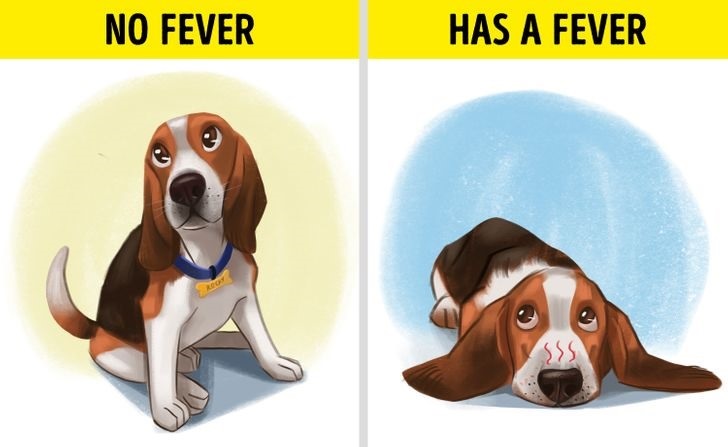
Observe Your Beagle Regularly for Signs of Illness
Beagles are accustomed to living in cool, temperate climates, so when raised in hot and humid countries like Vietnam, they may be prone to certain common health issues. Below is an overview of potential diseases, their causes, symptoms, and prevention methods.
| Disease | Cause | Symptoms | Prevention & Treatment |
|---|---|---|---|
| Rickets & Malnutrition | Poor diet, vitamin deficiency, imbalanced calcium-phosphorus ratio | Thin body, weak health, visible bones | Provide a balanced, nutritious diet, expose to sunlight for vitamin D absorption |
| Epilepsy | Hereditary condition | Hyperactivity, excessive barking, stubbornness; severe cases may have seizures | Monitor closely and take to a vet immediately for proper treatment |
| Hypothyroidism | Thyroid dysfunction, common in older Beagles | Rapid weight gain, hair loss, body weakness | Consult a vet for a treatment plan, often involves levothyroxine sodium |
| Joint & Bone Issues | Genetic predisposition, excessive physical activity | Limping, leg pain, reluctance to move | Avoid excessive jumping from high places; control activity levels |
How Much Does a Beagle Cost?
If you’re considering owning a Beagle but are unsure about its price, check out the pricing guide below.
Beagle Price Guide
| Type of Beagle | Estimated Price | Characteristics |
|---|---|---|
| Mixed-breed Beagle | Under 5 million VND | Crossbred with other dog breeds, not purebred, no official documents |
| Vietnamese-bred Beagle | 5 - 7 million VND | Purebred, but without certification |
| Vietnamese-bred Beagle (with papers) | 8 - 12 million VND | Purebred with full documentation and vaccinations |
| Imported from Thailand | 10 - 20 million VND | Price varies depending on certification |
| Imported from Europe | 35 - 50 million VND | High-quality, purebred Beagle with full documentation |
Where to Buy a Beagle in Vietnam?
If you're looking for a reputable place to buy a Beagle in Ho Chi Minh City, Hanoi, or other locations, consider these options:
- Mật Pet Family – Trusted seller with full documentation, prices range 10 - 15 million VND.
- AZPET – Sells purebred Beagles with papers, offers 1-year health warranty.
- Pet House – Provides Beagles along with pet food and accessories, prices 7 - 10 million VND.
There are many other pet stores and breeders across Vietnam, so make sure to do your research before purchasing.
Tips for Buying a Beagle
- Female Beagles are generally more expensive than males—consider your needs before deciding.
- Be wary of online ads offering cheap Beagles; always visit the seller in person to verify the dog's origin and health.
- Avoid buying an adult Beagle—it’s best to get a puppy for easier training and bonding.
Beautiful Beagle Photos
Looking for adorable Beagle images for your phone wallpaper or laptop background? Scroll down to find the cutest pictures!

Photo of a Beagle puppy with a gentle, cute face.
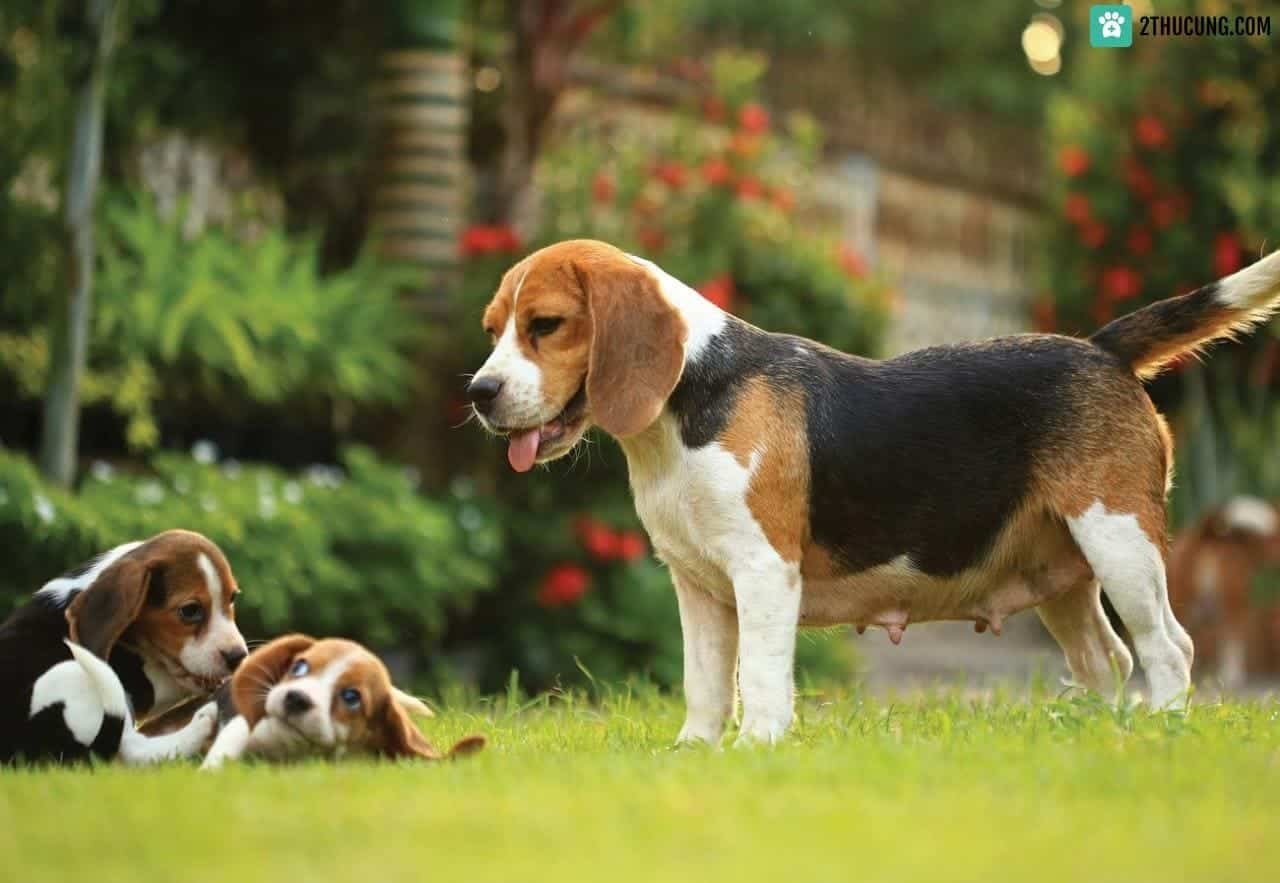
Mother and baby Beagles are playing.
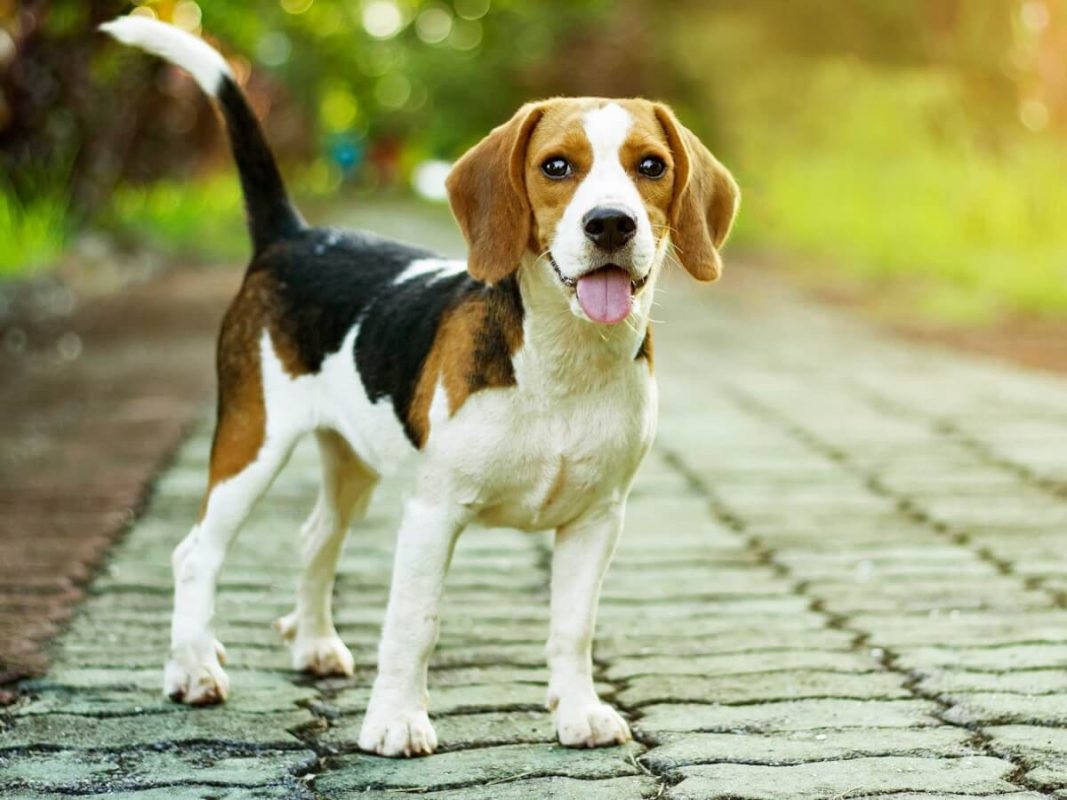
Photo of purebred German Beagle.

Beagle Sniffing Duty at the Airport
Above, giongcho.org has provided the most comprehensive and detailed information about Beagles. We hope this guide helps you better understand how to care for and raise this adorable breed, allowing you to decide whether a Beagle is the right pet for you.
Don't forget to visit our Blog section to explore more about other dog breeds worldwide!


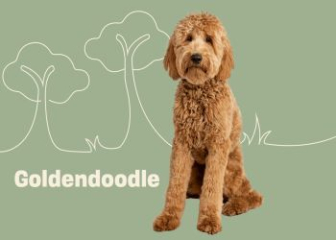
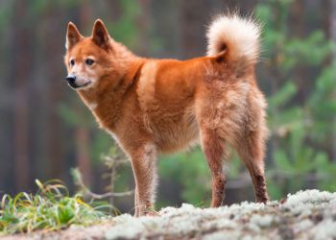

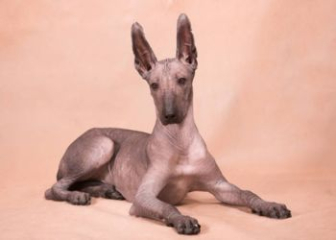



_350x250.jpg)

